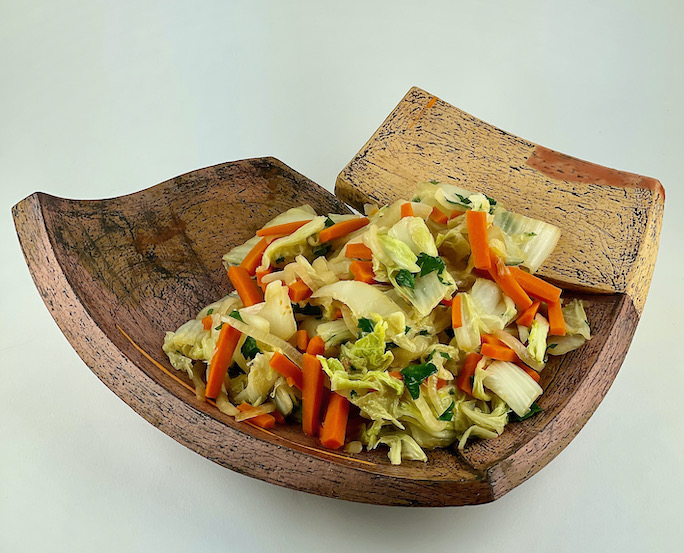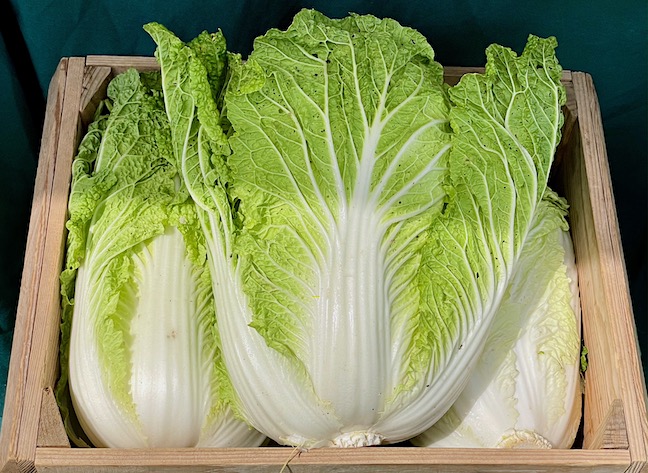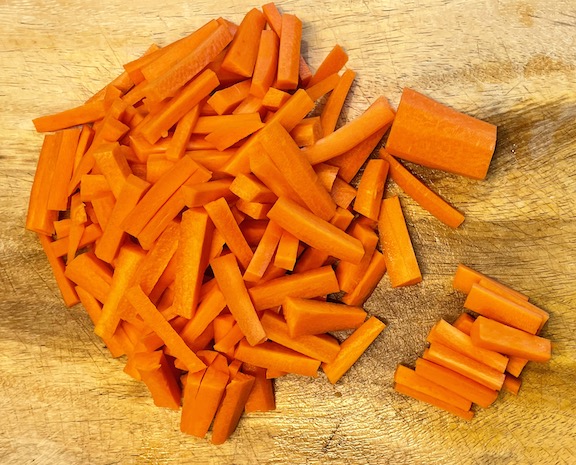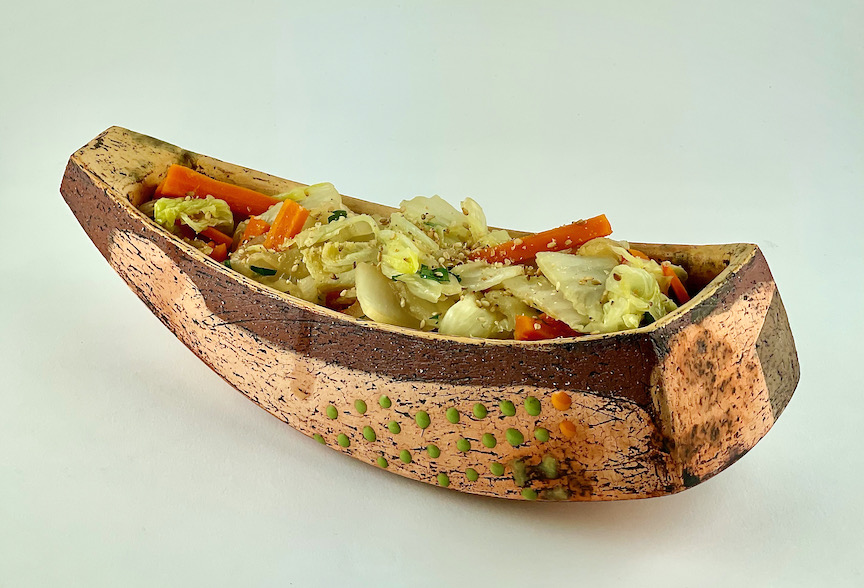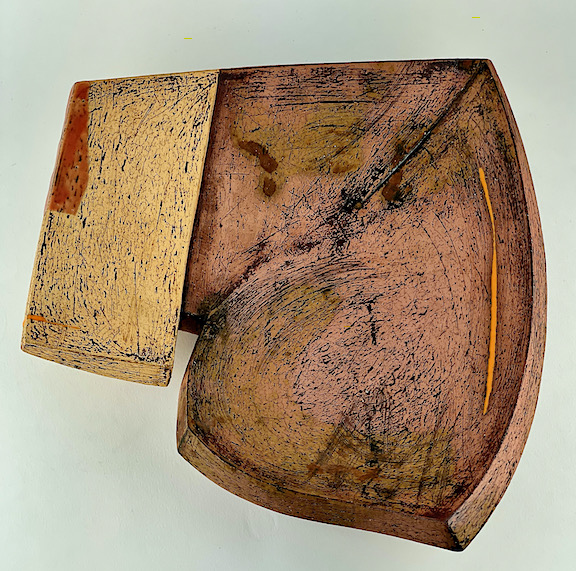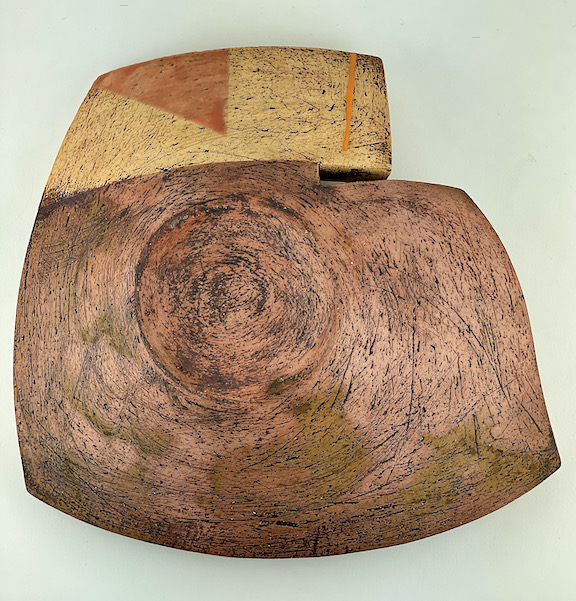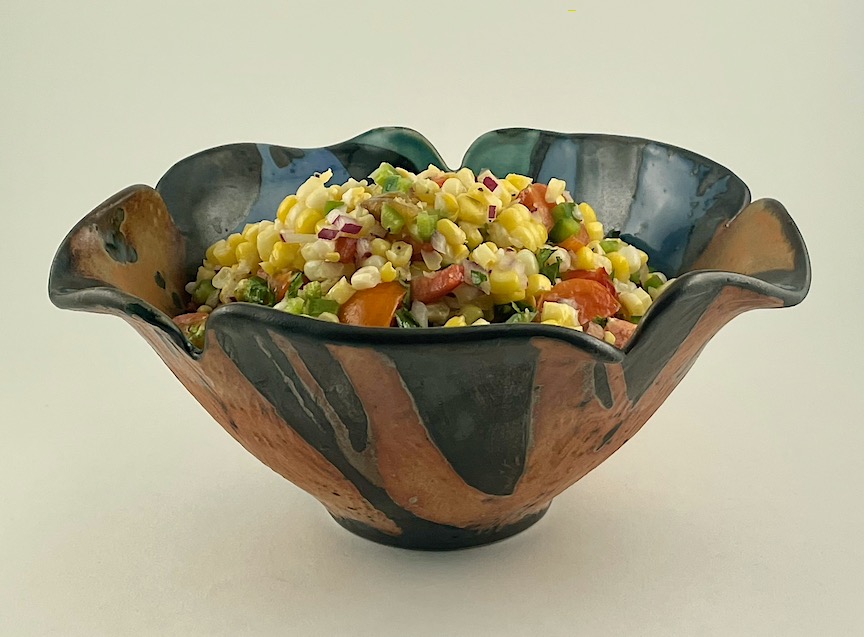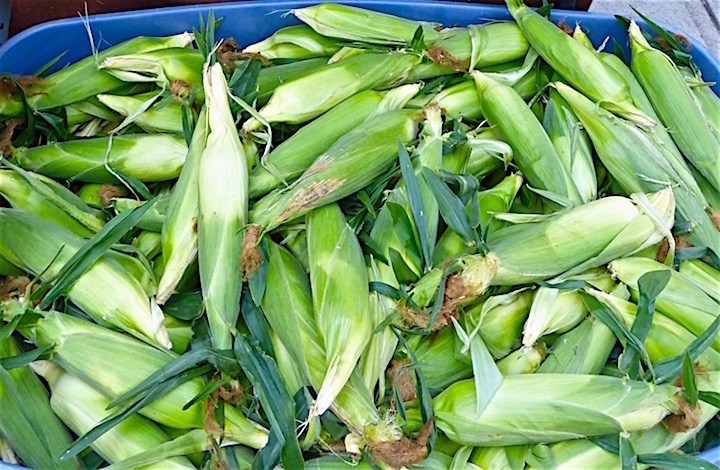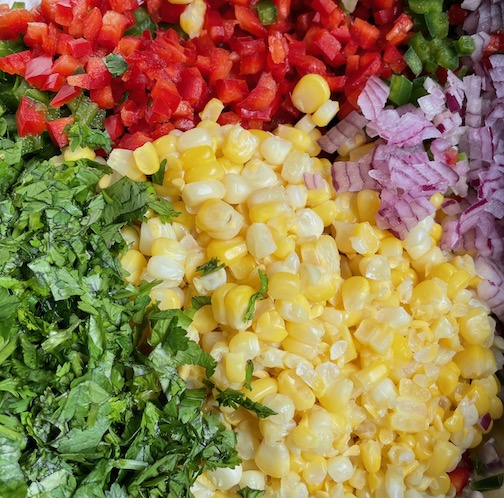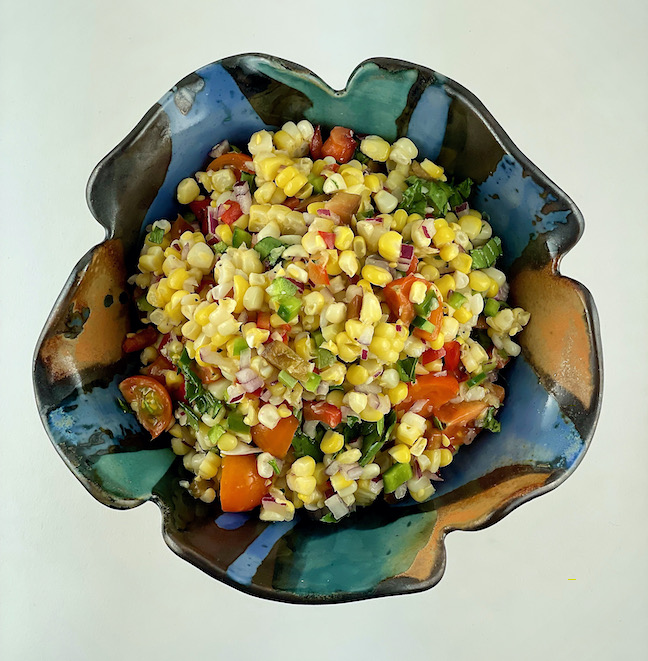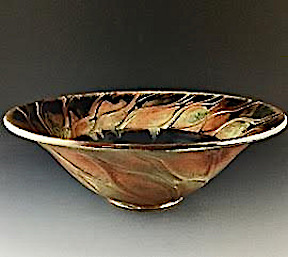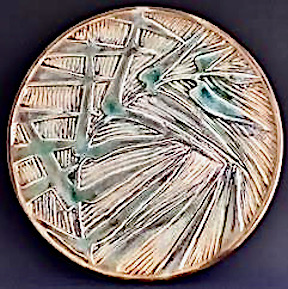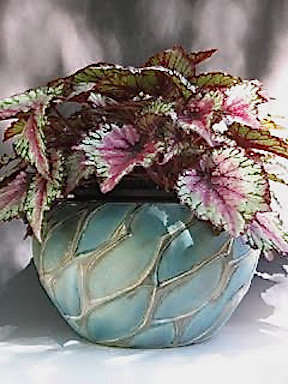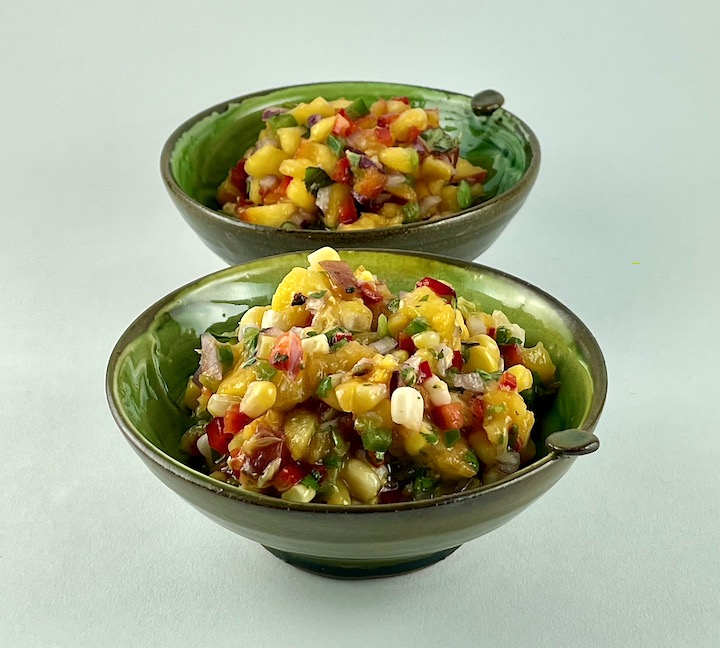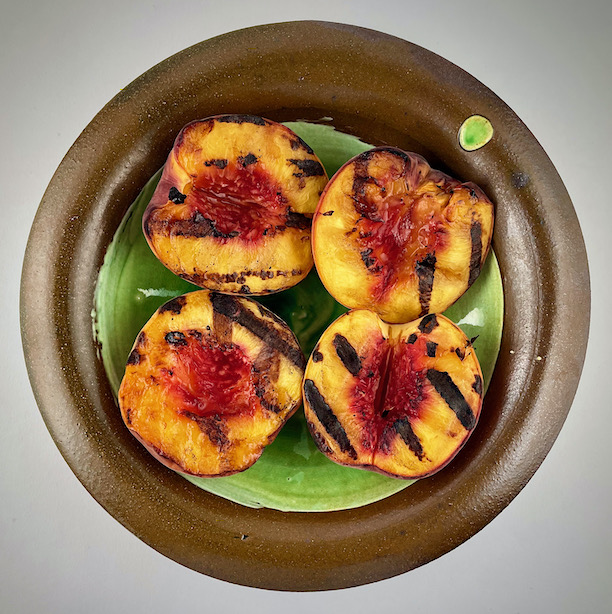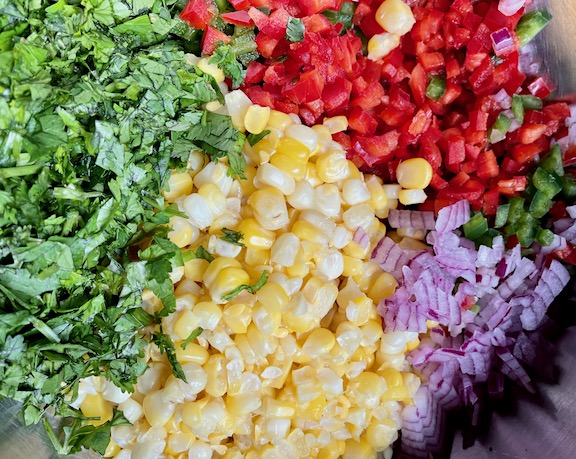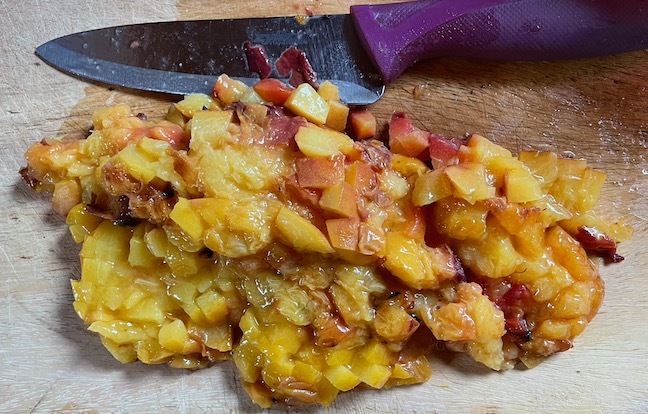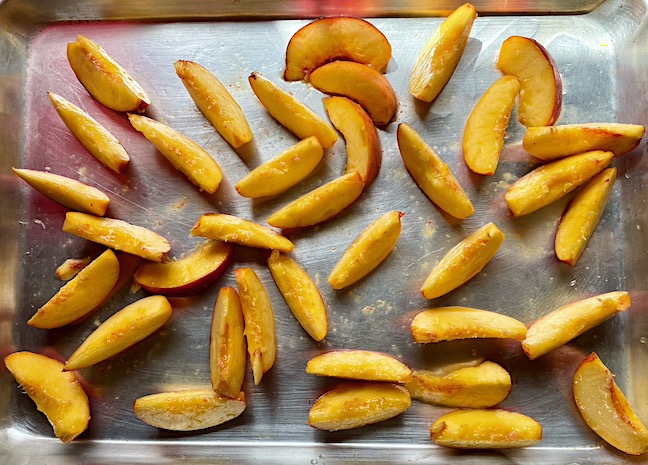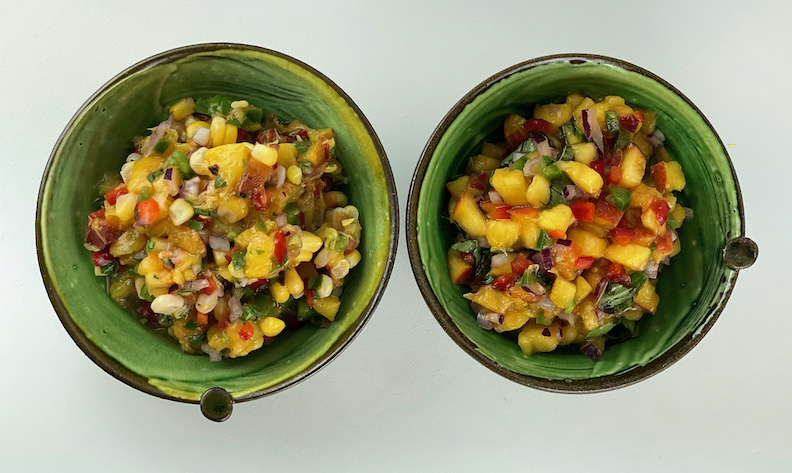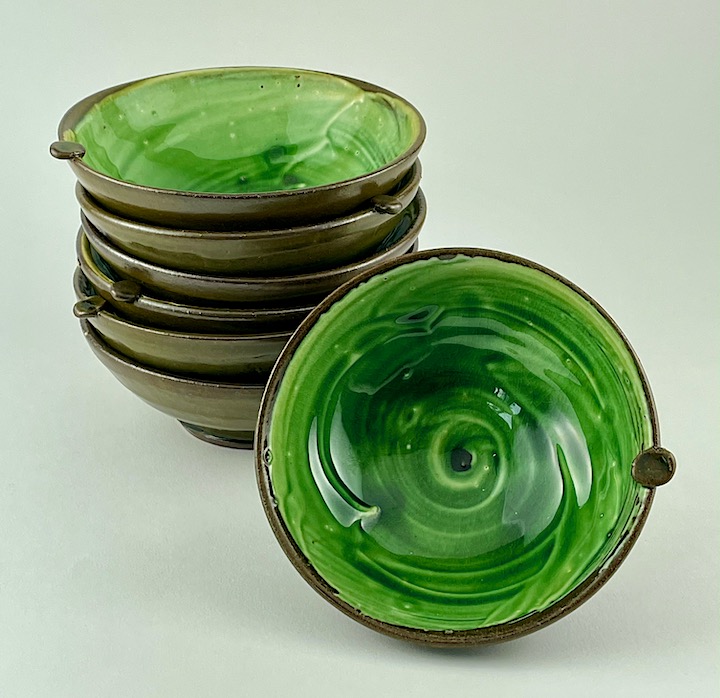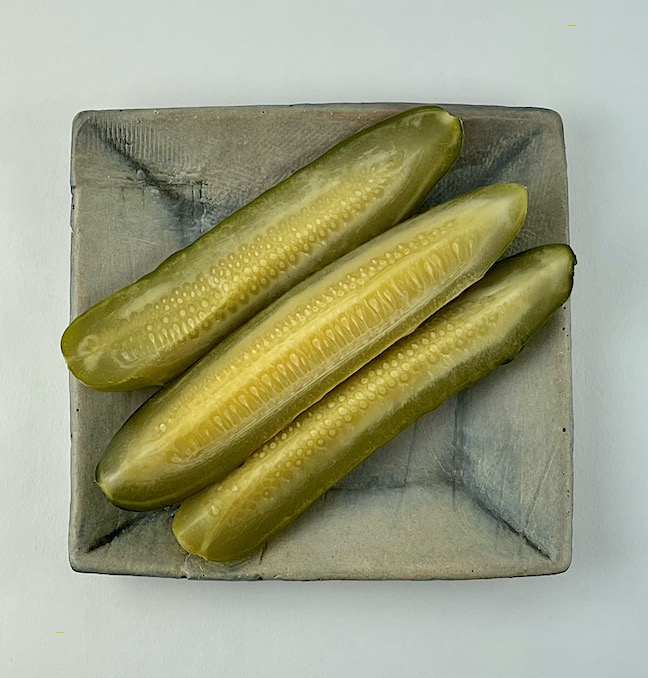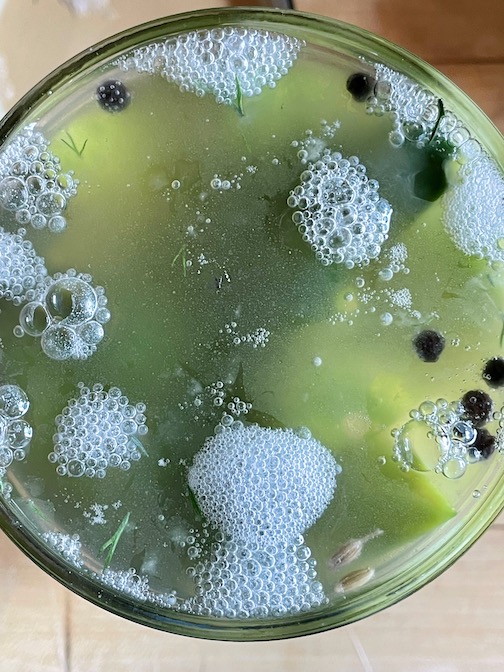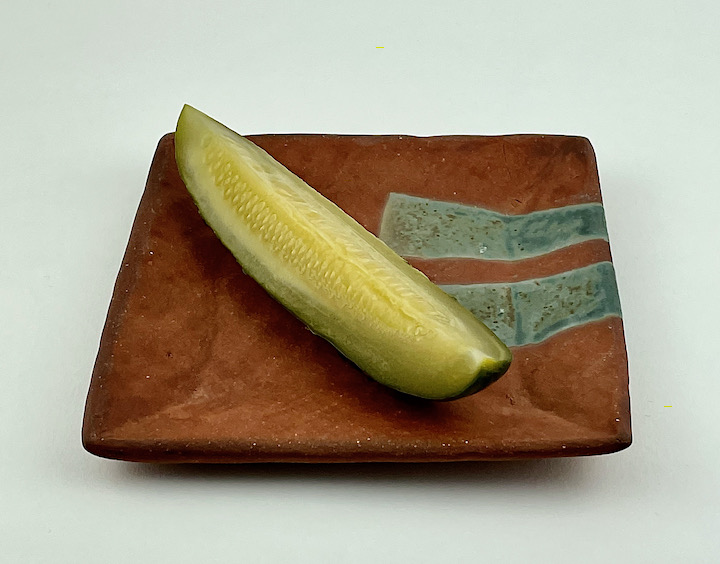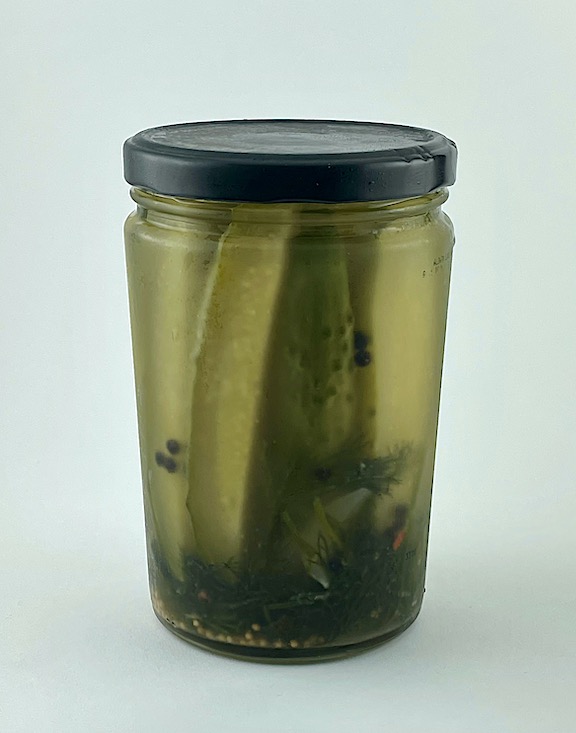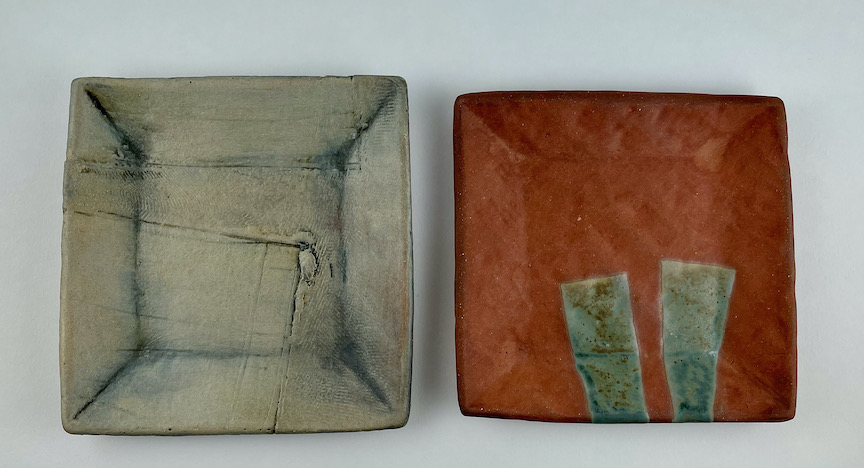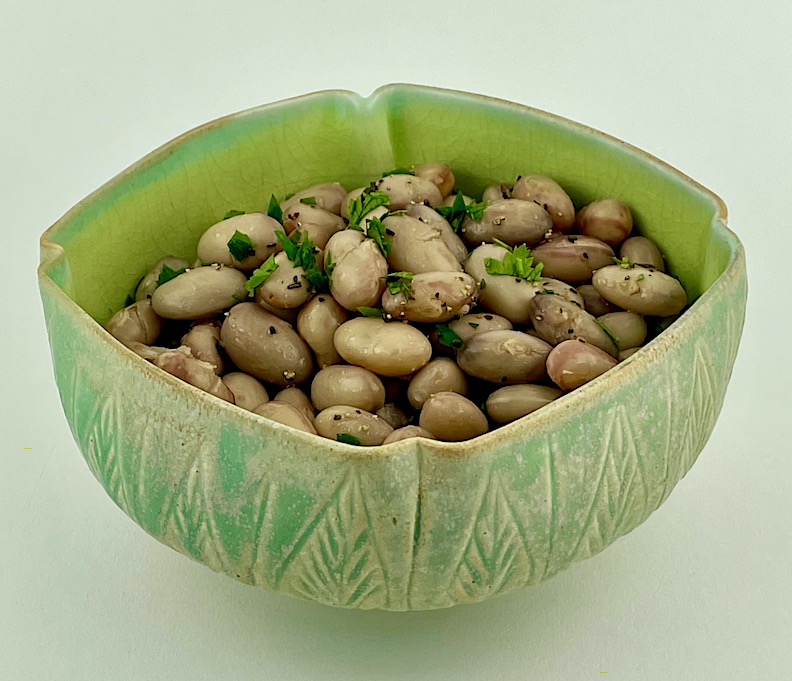
Porcelain bowl by Silvie Granatelli
Borlotti beans, also called Cranberry beans because of their speckled fuschia pods and interior dots, are a type of shell bean that shows up at farmers markets in fall. You may find the bright pink and cream-colored pods still tinged with green or yellowing – either way, they are all okay. I’ve even found pods that look like the ends are rotting but the beans inside were still fine. Sadly, as gorgeous as they are raw, they lose most of their vibrant color when cooked. Unlike green or wax beans, which can be eaten raw or cooked, shell beans, like dry beans, need cooking to be digestible. You simply remove them from their pods (as you would shell fresh peas) and simmer in water or broth until tender.
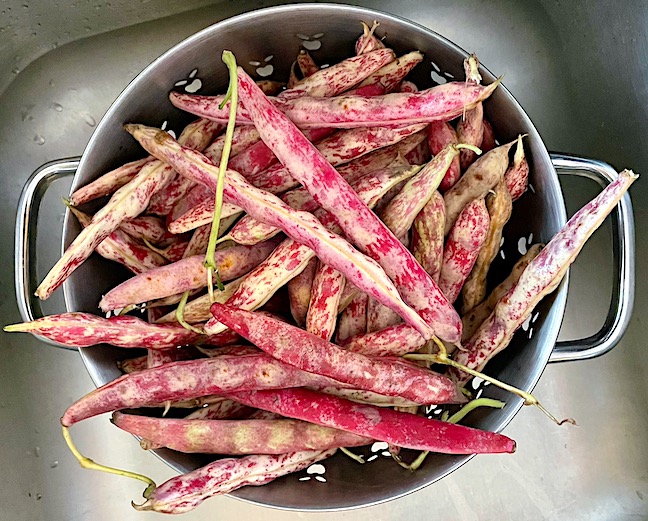

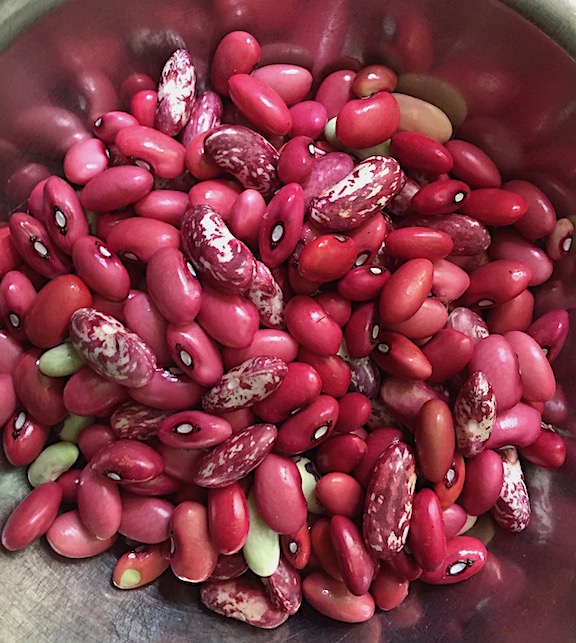
Fresh Borlotti/Cranberry beans may be one of the most versatile beans. Once cooked, you can add them to salads, pastas, soups (especially good in a minestrone) or even just tossed with butter and salt. They make a delicious bean salad with a simple balsamic vinaigrette. Whoever discovered there were edible beans in these pretty pods and that you had to cook them before eating was a brilliant risk-taker. Fortunately for us, that someone was adventurous because these beans are both tasty and high in protein and fiber.

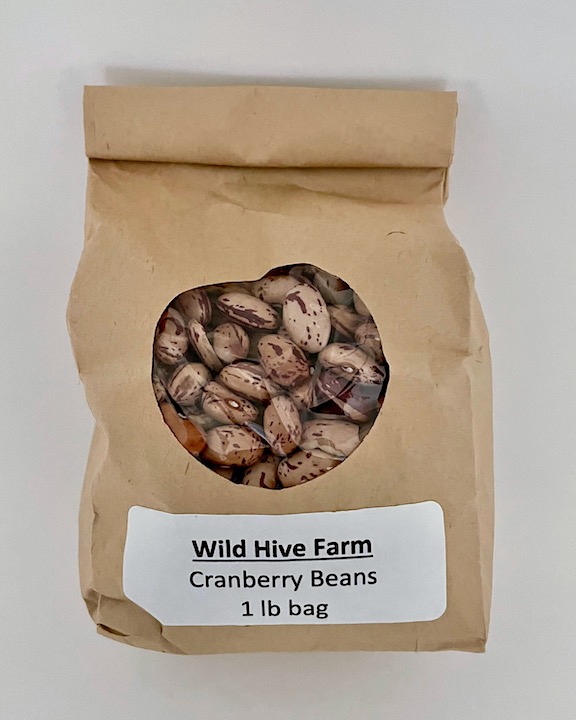
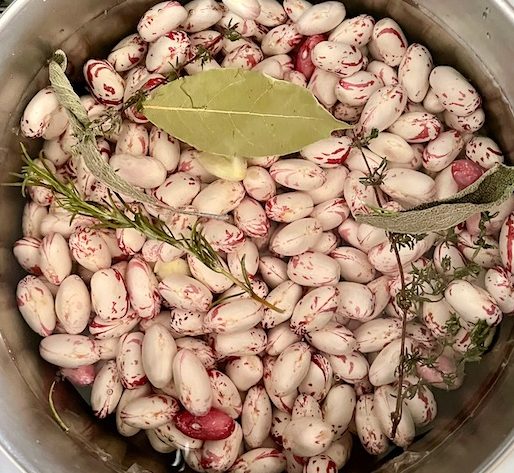
My favorite ways to eat cooked Borlotti beans are 1- simply simmered with garlic and herbs, drained and drizzled with olive oil and 2- combined with corn and red pepper in a succotash. You can store cooked beans in the fridge for a couple of days so they work well as a cook once, eat several times ingredient. Plus, you can freeze cooked beans and always have a protein available to add to a soup or pasta mid-winter. Buy a few pounds at your local farmers market, shell and simmer until soft and please share with the rest of us how you used them.
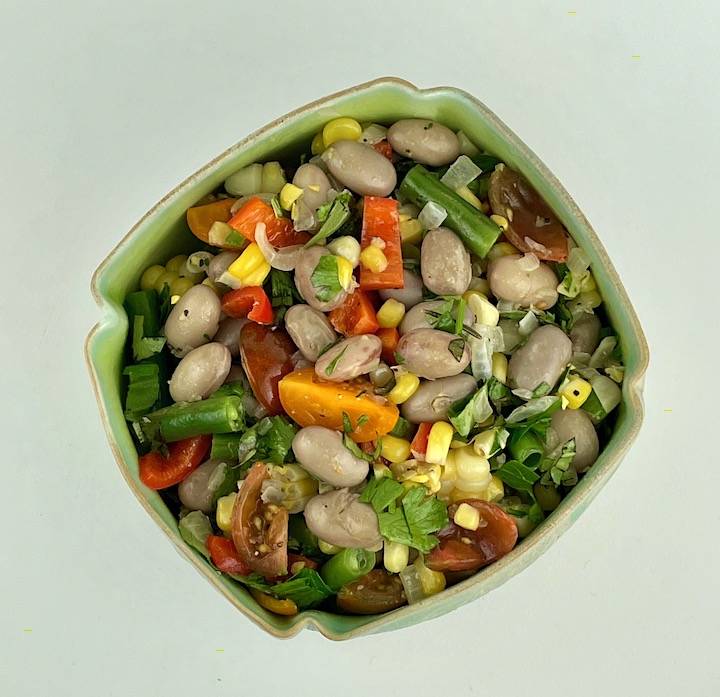
Porcelain bowl by Sylvie Granatelli
See a piece I wrote on Sylvie Granatelli‘s work here.
